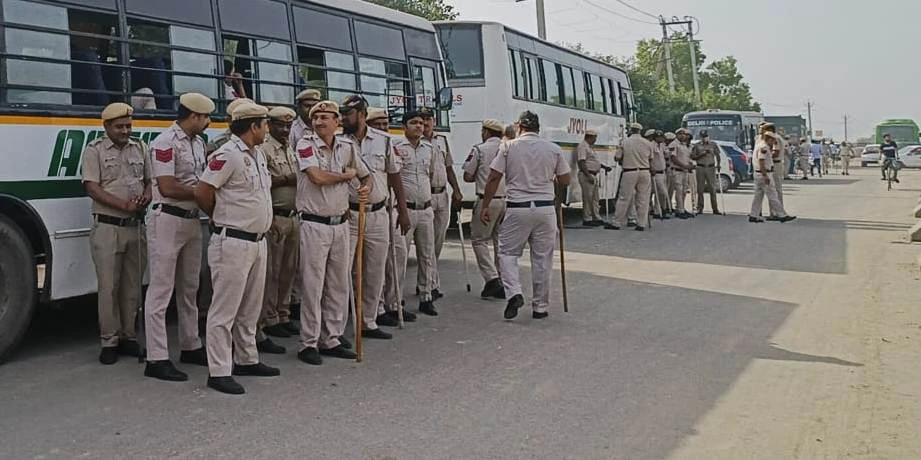The incident of suicide by two police personnel, including senior IPS officer Y Pooran Kumar and ASI Sandeep Lathar in Haryana, has opened up a Pandora’s box of problems and problems ailing the police force.
With the long-pending police reforms still to be implemented, various police welfare organisations have called for immediate enforcement of these measures, having also approached the Supreme Court for their implementation.
What is the demand of various police welfare organisations?
The police welfare organisations have demanded reforms in the police system, terming the current structure as suffocating. They referred to the recent suicides of IPS officer Y Pooran Kumar and ASI Sandeep Lathar as symptomatic of the growing pressure within the force and the lack of systemic support.
Which police organisations have come together and when did they hold a meeting?
Representatives from the Haryana Police Organisation, Delhi Police Non-Gazetted Retired Officers Association, Punjab Police Organisation, Chandigarh (UT) Police Organisation, Himachal Pradesh Police Organisation and the All India Police Welfare Council met in Chandigarh. They paid tribute to the late IPS officer Y Pooran Kumar and, in a separate meeting, discussed the broader problems concerning the policing system. Notable figures included Ramesh Chavan, Dilawar Singh and Bhagirath Dawla. While most office bearers in these organisations are retired personnel, serving officers are also considered members.
What reforms are being called for by the police organisations?
The organisations have renewed their demand for implementation of the Prakash Singh Committee reforms. These include structural reforms, pay restructuring, modernization and mechanisms to ensure greater accountability. Dilawar Singh, the state president of the Haryana Police Organisation, said such measures would strengthen the policing system, reduce corruption and break the alleged nexus between criminals and compromised officers. He also stressed the need for a system that would prevent the police from being used as a tool by certain vested interests.
What is the report and background of the recommended police reforms?
In 1996, IPS officer Prakash Singh, who retired as the DGP of Uttar Pradesh, filed a public interest litigation (PIL) in the Supreme Court seeking comprehensive police reforms. In response, the Supreme Court issued a landmark ruling in September 2006, directing all states and Union Territories to implement a set of reform measures aimed at depoliticising and professionalising the police. However, police organisations have alleged most governments have failed to implement these reforms due to an indifferent or resistant attitude.
What is the current legal status of the case?
Prakash Singh, along with police welfare bodies, has returned to the Supreme Court seeking the implementation of the proposed reforms. The matter is still pending before the apex court, with the next hearing scheduled for October 26.
What are the key measures suggested in the Prakash Singh judgment by the Supreme Court?
The key directives in the Supreme Court’s judgment include: A fixed tenure for Directors General of Police (DGPs); Creation of Police Establishment Boards to oversee postings and transfers; Formation of State Police Complaints Authorities to address grievances; Separation of the investigation and law and order functions within the police force. These measures were designed to insulate the police from undue political influence, ensure transparency in administrative processes and improve overall efficiency and accountability.
